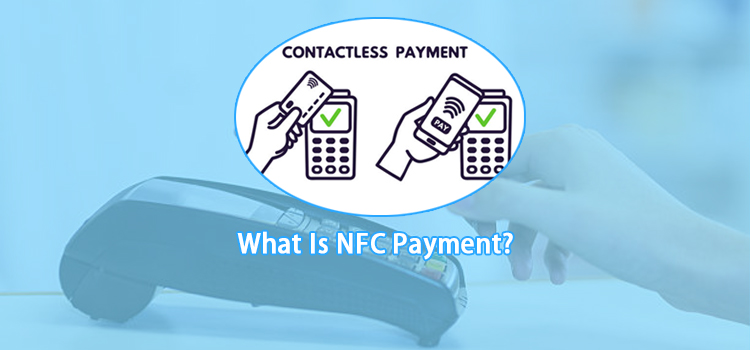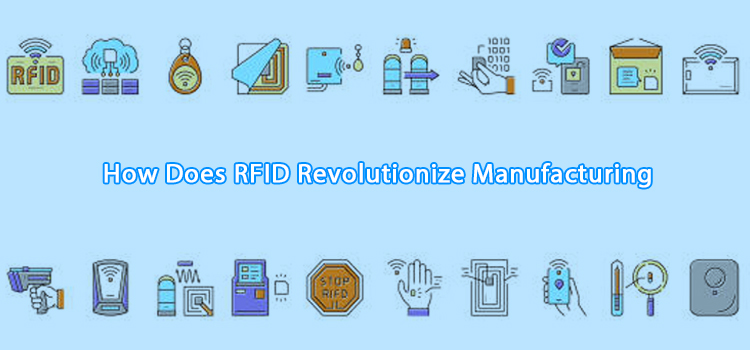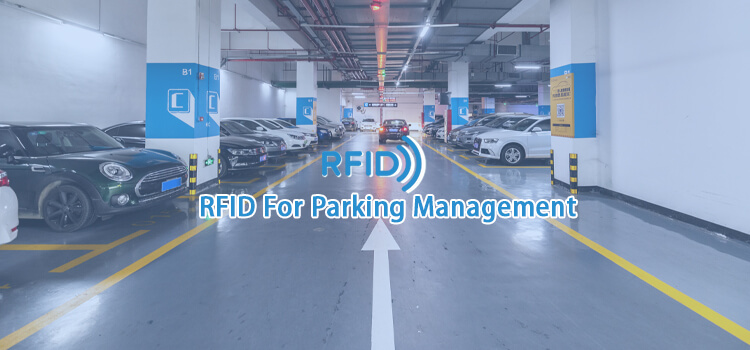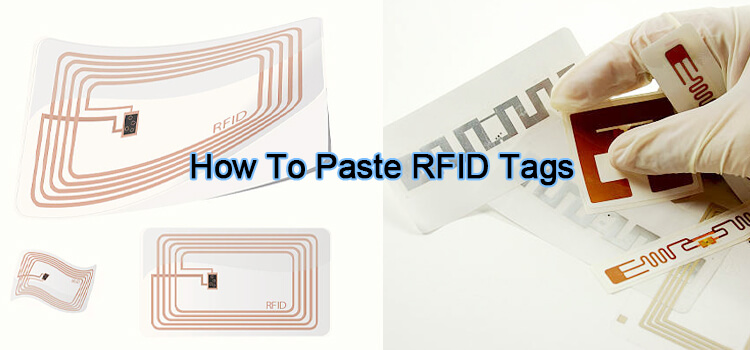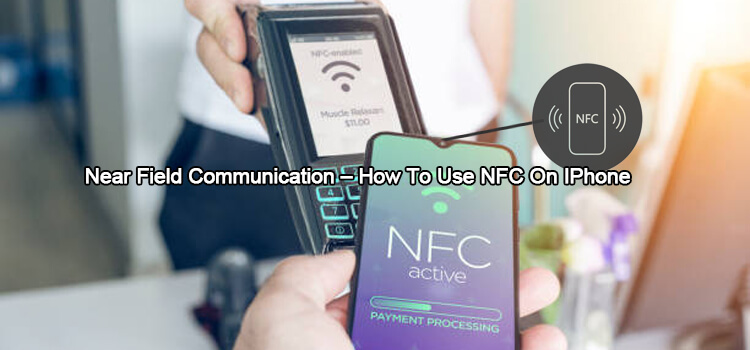If you have a smartphone, you’ve probably heard of NFC. It has become increasingly popular in recent years and is used in many different ways.
One of the most common uses for NFC is contactless payment, which allows you to make payments with your phone instead of using a credit or debit card. In this article, we answer the question “What is NFC payment?”
What is NFC?
NFC stands for Near Field Communication. It’s a wireless technology that allows communication between devices that are close together, ideally less than 10 centimeters. It uses a frequency of 13.56 megahertz and can transfer data at up to 424 kilobits per second.
The technology uses a data transfer technique called inductive coupling. This means that NFC devices create a magnetic field that can power and communicate with other NFC-enabled devices.
It was originally developed in 2002 by Philips and Sony as a way to standardize contactless smartcards. The technology has since been adopted by many different industries, including the payments industry.
What is NFC Payment?
If you’ve gone to a store or restaurant and waved your phone near a terminal to pay, you’ve made an NFC payment. It’s a type of contactless payment that uses NFC technology to make secure transactions.
NFC payments are typically made with a smartphone, but they can also be made with other devices like smart watches or fitness trackers.
The NFC tags/payment is regulated by ISO/IEC ISO/IEC 15693. It is also standardized by EMVCo, which stands for Europay, Mastercard, and Visa.
How to Use NFC for Payments
If you want to use NFC for payments, the first thing you need is an NFC-enabled device. All major smartphones, like iPhones and Androids, have NFC built-in. To check whether your device has NFC, simply go to the settings menu and look for the NFC option.
The second is an NFC-enabled payment terminal. These are becoming increasingly common, but they’re not yet available everywhere. When shopping, keep an eye out for the NFC symbol, which looks like a series of curved lines. This indicates that the terminal is NFC-enabled and that you can use your phone to pay.
If you’re still not sure whether a particular terminal is NFC-enabled, simply ask the cashier. Once you meet the above conditions, you can follow these steps to make an NFC payment:
- Unlock Your Device & Enable NFC. The first step is to check whether NFC is enabled on your phone. To do this, simply go to the settings menu and look for the NFC option. Turn it on.
- Activate Your Payment App. The next step is to open your payment app and sign in. Once you’re signed in, you’ll typically be asked to set up a PIN or fingerprint authentication. This is to ensure that only you can make payments with your phone. Some common payment apps include Apple Pay, Google Pay, and Samsung Pay.
- Hold Your Device Close to the Terminal. Once you’re signed in and have your payment app open, simply hold your device close to the NFC-enabled terminal. You’ll know that it’s working when you see a notification on your screen.
- Follow the Prompts. At this point, you’ll simply need to follow the prompts on your screen to complete the payment. This typically includes selecting the account you want to pay from, confirming the amount, and entering your PIN.
Benefits of NFC Payments for Users
NFC payments offer several benefits over traditional payment methods, like cash and credit cards. These benefits include:
- Convenience
Imagine carrying cash and credit cards with you everywhere you go. It would be hectic, to say the least.
With NFC payments, you can leave your wallet at home and simply use your phone to pay. You can also use NFC wristbands, NFC keyfobs, and NFC cards to complete the payment. This is convenient and much safer.
- Speed
There is nothing as frustrating as long queues at the store. They waste your time and money. Eventually, you will end up paying for the product plus the opportunity cost of your time.
With NFC payments, you can avoid all this frustration. These payments are quick and easy, so you can get in and out of the store in no time. All you need are a few seconds to hold your phone close to the terminal and confirm the payment.
- Security
NFC payments are more secure than cash or credit cards because they use tokenization. Its security systems make it much harder for fraudsters to steal your information.
Benefits of NFC Payments for Businesses
NFC payments offer several benefits over traditional payment methods, like cash and credit cards. These benefits include:
- Increased Sales
With NFC payments, businesses can accept payments from customers who don’t have cash or cards. This is especially useful for businesses that rely on customer impulse purchases, like vending machines and kiosks.
- Improved Customer Experience
NFC payments offer a much better customer experience than traditional methods like cash and credit cards. They’re quick, easy, and convenient, so customers can get in and out of the store quickly. This is especially useful for businesses with high customer turnover, like fast-food restaurants.
- Reduced Costs
Businesses can also save money with NFC payments. They eliminate the need for cash registers, credit card machines, and paper receipts. This can save businesses a significant amount of money in the long run.
- Fraud-Protection
NFC contactless payment systems come with built-in fraud-protection features. This is because the actual credit card number is never stored on the device or transmitted during a transaction.
Instead, a unique token is used to represent the card. This makes it much harder for fraudsters to steal your information.
Disadvantages of NFC Payments
Despite the many benefits, NFC payments also have a few disadvantages. These include:
- Limited Availability
NFC payments are not yet widely available. This means that not all businesses accept them yet. This is slowly changing as the technology becomes more popular, but it will likely take some time for NFC payments to become mainstream.
- Compatibility Issues
NFC payments are also not compatible with all devices. For example, Apple Pay can only be used with iPhone 6 or later models.

